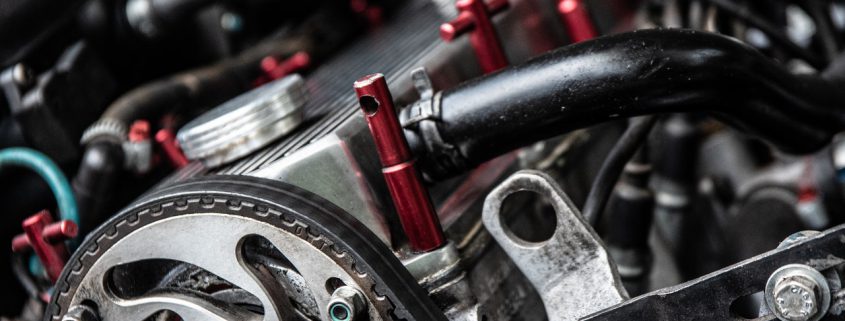What You Need to Know about Timing Belts
 Your car’s timing belt is like the drummer of a dragon boat team. It is responsible for keeping engine harmony. The belt ensures that the camshaft and crank are in unison in expelling exhaust gas and taking fuel and air in.
Your car’s timing belt is like the drummer of a dragon boat team. It is responsible for keeping engine harmony. The belt ensures that the camshaft and crank are in unison in expelling exhaust gas and taking fuel and air in.
If you’re not familiar with this car component, the following are the things you need to know:
Not all cars have timing belts.
The first thing you should know is that not all vehicles use timing belts. Others are equipped with timing chains to curb the disadvantages of the former.
Many car manufacturers like Peugeot, Volkswagen, and BMW still use a chain drive in many of their car models. It’s because chain belts are more reliable and long-lasting than the rubber type,
However, the downside to timing chains is their noise. Rubber timing belts are quieter, which is the reason why manufacturers prefer them on their car models.
It won’t last forever.
Timing belts, like any part of your car, will experience wear and tear soon. It has to be replaced every 60,000 to 100,000 miles to ensure proper engine function.
Aside from replacements, you should have your timing belt checked annually. This will save your engine from premature damages and your pocket from expensive repairs.
Timing belts are expensive.
Replacing timing belts doesn’t come cheap. Depending on the auto shop, it can set you back for as much as $300 to $500.
While it’s costly, replacing a timing belt is necessary. As mentioned earlier, worn-out timing belts will impact your engine’s performance and longevity.
You should consider changing the water pump as well.
If you’re going to replace your car’s timing belt, you should also consider changing the water pump as well. It’s because accessing the timing belt is difficult, so you’d like to make the most out of it.
Moreover, water pumps usually have the same lifespan as the timing belt. In the end, you’re going to save more money if you get these two components replaced at the same time.
A broken timing belt is extremely bad.
A broken timing belt means trouble in a car. In free-running engines, a broken timing belt will cause the engine to stop fully and lose power.
If your car has an interference engine, the piston will strike the valves once the belt breaks. This translates to serious damages to your engine components.
When the latter happens, you may need to purchase a new engine. And in some cases, even a new car.
It’s easy to feel timing belt damage.
A damaged timing belt will make itself felt through various symptoms. The most common is decreased engine power and failure to start.
Other signs you should watch out for are overheating and engine shaking. The check engine light coming on your dashboard is also a sign that you need to check your timing belt.
Conclusion
Your car’s timing belt plays a big role in keeping proper engine function. But just like any car component, it requires proper maintenance and timely replacements. Failure to perform these two can result in expensive repairs or total engine damage.



